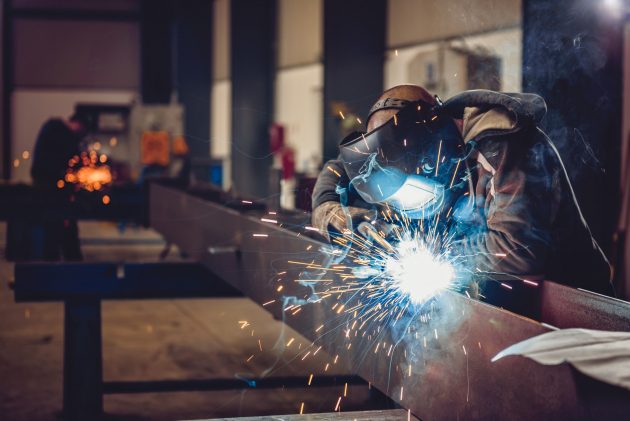
Welding vendors focusing on new technologies and energy efficiency for business growth: report
by CM Staff
The market is driven by developing regions where infrastructure building and automation is a priority

SANTA CLARA, Calif. — Frost & Sullivan’s recent analysis, Newer Welding Techniques to Enable Growth in the Digital Age, reports that increasing competition in the global welding equipment and consumables market has led manufacturers to focus on energy efficiency, operational excellence and reducing maintenance costs.
Amid the uncertain economic conditions caused by COVID-19, the industry is forecast to reach US$21.74 billion by 2024, growing at a CAGR of 1.3%. Growth is driven by opportunities from developing regions where infrastructure building, the introduction of new welding technologies, and automation are top priorities.
“Several new developments in welding technologies and materials are emerging due to an increased focus on energy efficiency from vendors and end-users. Advancements such as the ability to monitor and regulate the weld temperature while in the process are generating highly efficient outputs and better quality. These innovations will reduce operational tasks, improve energy management and extend electrode life,” said Krishnan Ramanathan, Industry Manager, Industrial Technologies Practice, Frost & Sullivan, in a prepared statement.
Digital transformation is gaining traction in Australia and Singapore as their communications infrastructure is upgraded. This digitalization is expected to propel the welding market as other countries modernize. China, India, and Brazil are also vital for welding equipment and consumables suppliers as they have high energy and infrastructure requirements. However, the development rate is likely to be gradual as economies recover from the impact of COVID-19.
“IIoT is a major trend affecting equipment manufacturers as end-users continue to emphasize on improving their plant maintenance and curb operational expenditure (OPEX),” Ramanathan said. “Realizing that the future of manufacturing is likely to be driven by IIoT, companies today are turning their focus toward data ownership, security, and integration with existing infrastructure, with an intent to achieve returns on their investment in these solutions.”
Welding equipment manufacturers should explore these strategic recommendations to increase growth opportunities:
- Collaborate with technology providers to enhance capabilities and meet varying end-user requirements.
- Leveraging state-of-the-art technologies and consumables will result in higher-quality welds and cost-savings for end users.
- Expand the business approach by offering the option to rent welding equipment to reduce capital expenditure.
- Continue working with traditional channel partners due to their wide reach while exploring alternative distribution and servicing options.
- Focus on the Middle East, Africa, India, and Southeast Asia regions as these will witness a surge in demand due to increased urbanization.